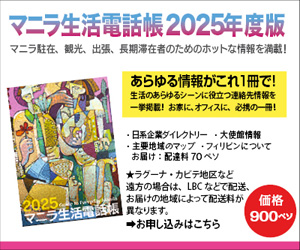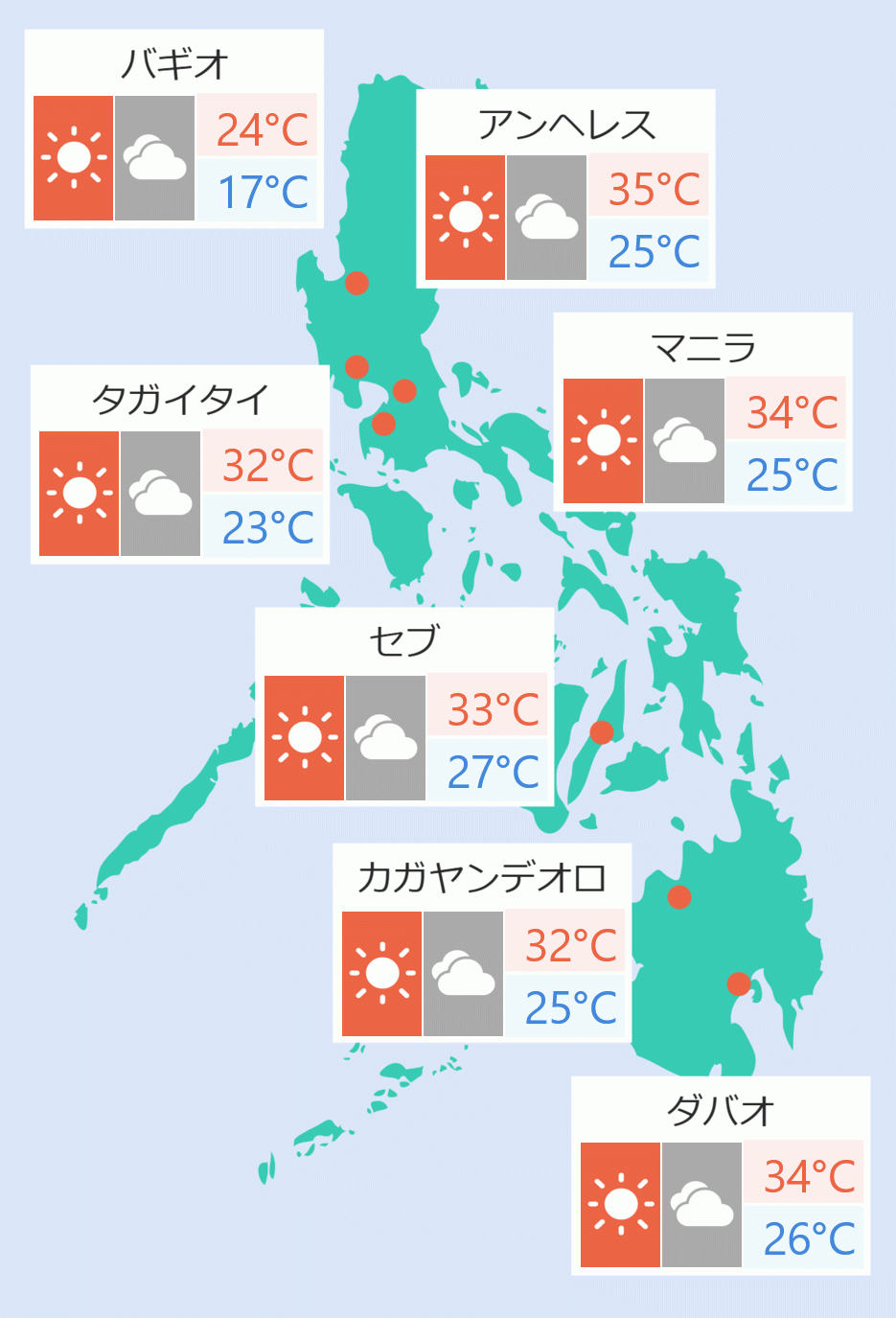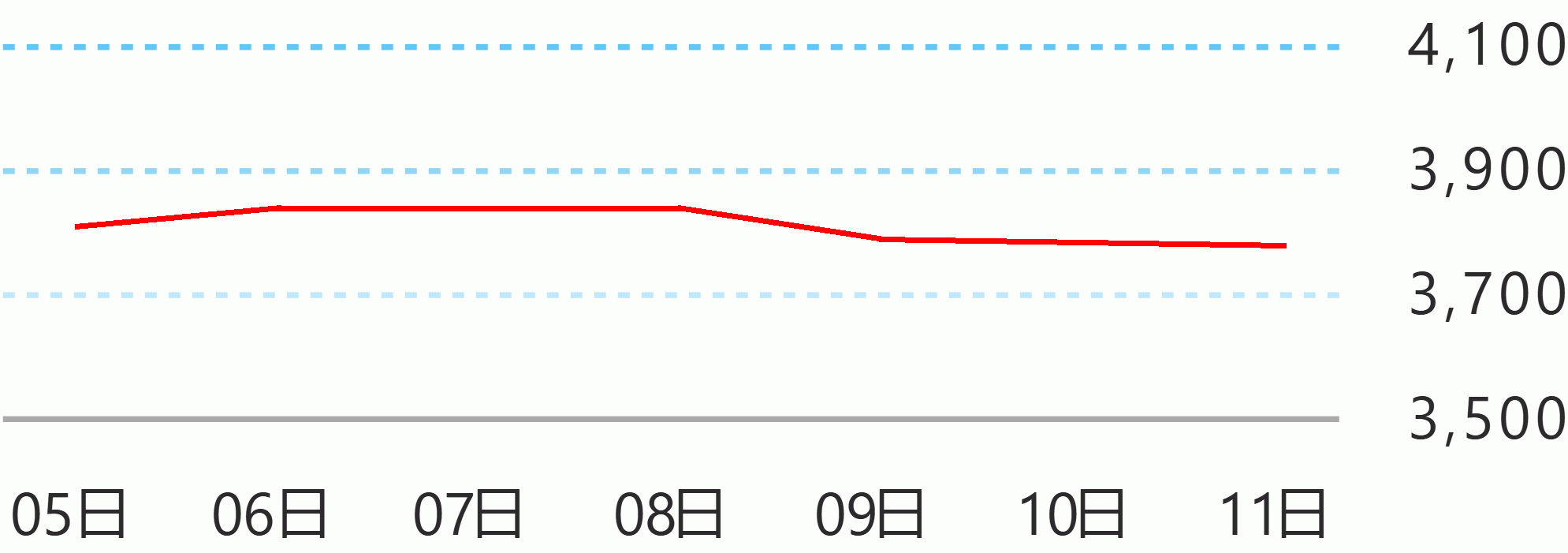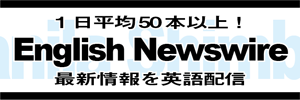Retail power rates in Manila Electric Co’s franchise areas fell over the last four years, but still expensive compared to its neighboring countries whose rates are subsidized by their governments.
In a survey by the International Energy Consultants (IEC), an Australia-based consulting firm specializing in Asian power markets, Meralco’s average tariff, excluding value added tax (VAT), fell 28 percent since January 2012 compared to an average decline of 19 percent across 44 countries covered by the survey.
In terms of local currency terms, this translates to a 22 percent decrease in the power’s utility’s average tariff versus an average decline of only one percent across all markets.
Meralco, which commissioned the survey, ranked 16th out of the 44 markets with the highest electricity rates as of January 2016. It was an improvement from 9th place in January 2012.
“Electricity tariff in Luzon will further go down should investment in new power generation be made to meet rapid demand growth, and competition at retail level is promoted such that wholesale electricity cost reductions area fully passed on to customers,” said James Morris, IEC managing director, said in a press briefing Friday..
Thailand , Malaysia and Indonesia , which are receiving government subsidies, ranked 34th; 41st and 43rd in terms of average electricity rates.
The most expensive electricity rates were in Japan , Hawaii , Italy , Germany , California , United Kingdom , Ireland and Australia .
Morris said Meralco’s ranking was a “big improvement” since the government is not subsidizing power rates compared to other markets in Southeast Asia .
“This is an excellent outcome for consumers,” Morris said, “considering that the Luzon power market is unsubsidized and the majority of electricity is produced using imported fuel.”
He said lower distribution charge, lower system loss, and the power utility sourcing strategy were major contributors to the decline in Meralco’s power tariffs. The decline in tariffs resulted to P30 billion savings from Meralco customers.
Morris said government subsidies make power rates artificially low in markets like Thailand , Indonesia , Malaysia , Korea and Taiwan .
He estimated subsidies in those countries amounted to almost $50 billion in 2015 alone. Indonesia's annual subsidy is $12.8 billion, Malaysia , $4.3 billion, Taiwan , $8.5 billion, Korea , $18.4 billion and Thailand , 5.1 billion.
The average subsidy of these five countries is 4.2 US cents/kWh or P1.96PkWh.
Morris said an equivalent subsidy would equate to a 26 percent reduction of power rates in Meralco franchise.
If applied to Meralco’s tariff, the subsidy from the government would hit $1.7 billion or P79 billion in 2016.
Morris said subsidies from the government is “not good and it’s not sustainable.”
He said distribution charge, which accounts for 17 percent of the average tariff, is the only charge that accrues to Meralco. All other charges are collected by Meralco on behalf of the third parties. DMS





 English
English










